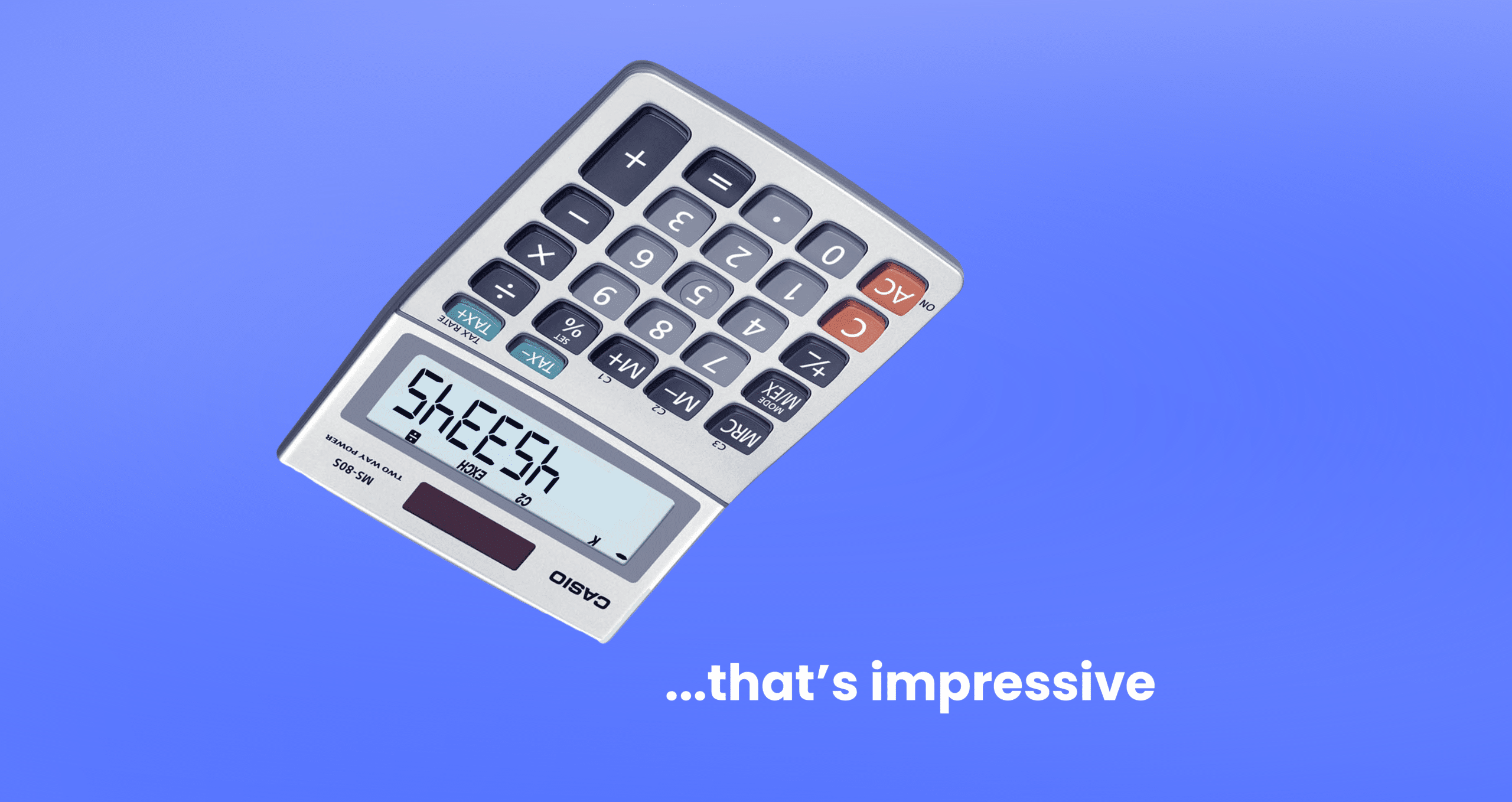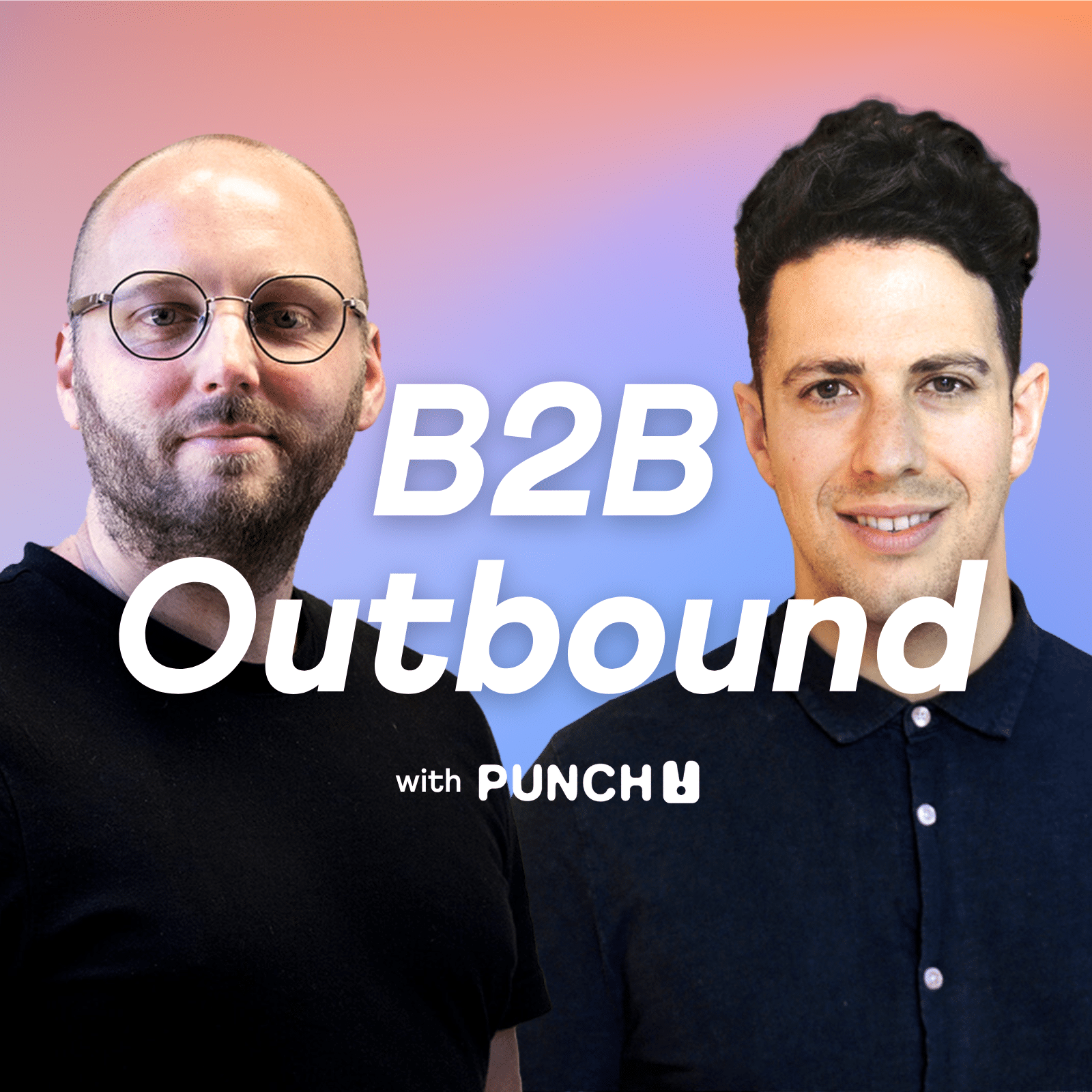Most Companies Miscalculate Their ROI
At a glance:
- Most companies miscalculate their outbound ROI by overlooking hidden costs like recruitment and tech stack.
- Our ROI calculator reveals the true cost of your outbound program in minutes.
- Improve ROI through smart training, tech stack optimisation, or outsourcing if spending over £150k yearly.
- Real client case shows how “successful” outbound programs can actually be burning money.
If your outbound sales metrics look great on paper, but your CFO is asking uncomfortable questions, you’re not alone.
In this comprehensive guide, you’ll discover:
✓ Why 72% of companies are miscalculating ROI
✓ A battle-tested calculator that revealed $2.3M in hidden costs for a $50M SaaS company
✓ Actionable steps to improve your program’s profitability
✓ Tools to defend your budget to finance (and ask for more)
A Wake-Up Call on ROI
Let me tell you about John (not his real name – I like my job). His in-house SDR team was “crushing it” on LinkedIn, booking meetings left and right. Life was good. Until it wasn’t.
His CFO dropped a spreadsheet on his desk that changed everything. “Have you actually calculated what each of these deals is costing us?” she asked, with that look finance people get when they’re about to ruin your quarter.
Turns out, his “killer” outbound program was bleeding money. That’s when he came to us, ego bruised but ready to face reality. “I need to become more cost-effective,” he admitted. “I thought we were crushing it, but these numbers are crushing us.”
(Spoiler alert: His story has a happy ending. But first, let’s talk about why so many companies are in the same boat without even knowing it…)
The Hidden Costs of an SDR Team
Here’s what most people get wrong – they think ROI is just about comparing revenue to SDR salaries. Let me break down what you’re probably forgetting:
- The “Oh Crap” Costs
- SDR salaries
- Benefits
- Recruitment fees (that make your eyes water)
- Tech stack licences
- Training programs (unless you want them selling like it’s 1985)
- The “Wait, That Too?” Expenses
- Management time (goodbye evenings and weekends)
- Office space or WFH setup
- HR support (for when things go sideways)
- Data subscriptions
How to Calculate True SDR Team ROI
Here’s where I’m going to save you from the mistake I made. Use this formula:
True ROI = (Expected Customer Lifetime Value × Conversion Rate) – Total Program Costs
Let’s break this down:
- Expected Customer Lifetime Value
- Annual Contract Value × Average Years of Retention
- (Pro tip: If you don’t know your retention rate, you’ve got bigger problems)
- Conversion Rate
- Meetings → Opportunities → Closed Won
- (Spoiler: It’s probably lower than you think)
- Total Program Costs
- Everything I mentioned above
- (Yes, ALL of it)
Calculate Your Real Outbound Sales Costs: Free Tool
Look, I could throw more maths at you, but instead, I’m going to give you something better. We built a calculator that does all this heavy lifting for you. (Because let’s be honest, if you wanted to do complex maths, you wouldn’t be in sales.)

When clients use our calculator, they usually have three reactions:
- Denial: “There’s no way we’re spending that much!” (Narrator: They were.)
- Bargaining: “But what if we cut corners on…” (Spoiler: That makes it worse.)
- Acceptance: “We need to fix this.” (Now we’re talking.)
The Fix: Three Ways to Actually Improve Your ROI
- Invest in Training (But Do It Right)
- Let’s be clear: training is non-negotiable. A well-trained SDR is worth their weight in gold
- BUT – here’s the painful truth:
- The average SDR takes 3-6 months to ramp up (that’s half a year of sub-optimal performance)
- Just when they get good, they leave for a closing role (usually around 18 months in)
- The training investment walks out the door with them
- Solution? Create a sustainable training program that:
- Documents processes
- Uses recorded calls for training
- Implements peer mentoring (because knowledge sharing beats solo learning)
But remember: Even the best training program won’t fix the fundamental economics of SDR revenue
- Scale Smarter, Not Harder
- Stop throwing bodies at the problem
- Instead:
- Optimize your tech stack
- Implement sales acceleration tools
- Use AI for personalization at scale
- Focus on velocity metrics:
- Time from first touch to meeting booked
- Lead response time
- Pipeline velocity (how fast deals move through stages)
Pro tip: Use UTM tracking on everything. I mean EVERYTHING.
- Consider Outsourcing
- (Yeah, I said it. And not just because we do it. Though full disclosure: we definitely do)
- Here’s why it often makes financial sense:
- Fixed costs become variable (scale up or down based on need)
- No more recruitment headaches (or those painful “I’m moving to a closing role” conversations)
- Instant access to trained pros (who’ve probably already made all the rookie mistakes)
- Tech stack is included (goodbye, separate subscriptions)
- Built-in redundancy (sick days and holidays don’t impact performance)
- The maths usually works out if:
- Your ACV is £50k+
- You’re spending £150k+ yearly on outbound
- Your current ROI is less than 3x
Whether you’re training in-house, optimising tech, or outsourcing – the key is to build a system that’s sustainable and scalable. Because let’s face it, nobody wants to be that person explaining to the board why their CAC looks like a phone number.
The Bottom Line
As Mark Cuban says, “Sales cures all.” But bad ROI kills everything. Take 5 minutes, use the calculator, and face the music. Your CFO will thank you. Your board will thank you. And your stress levels might actually drop below “impending doom” for once.
Want to know if outsourcing might make more sense? Run your numbers through our calculator. If you’re spending more than £150k yearly on your outbound program and not seeing at least a 3x return, we should talk.
(And no, that’s not a sales pitch. It’s just maths. And maths doesn’t lie – unlike that SDR who said they’d definitely stay for at least two years.)
P.S. If you’re wondering why I’m sharing all this – including our actual calculator – it’s because informed buyers make better partners. And if this helps you optimize your program, whether you work with us or not, that’s a win for the whole industry.




